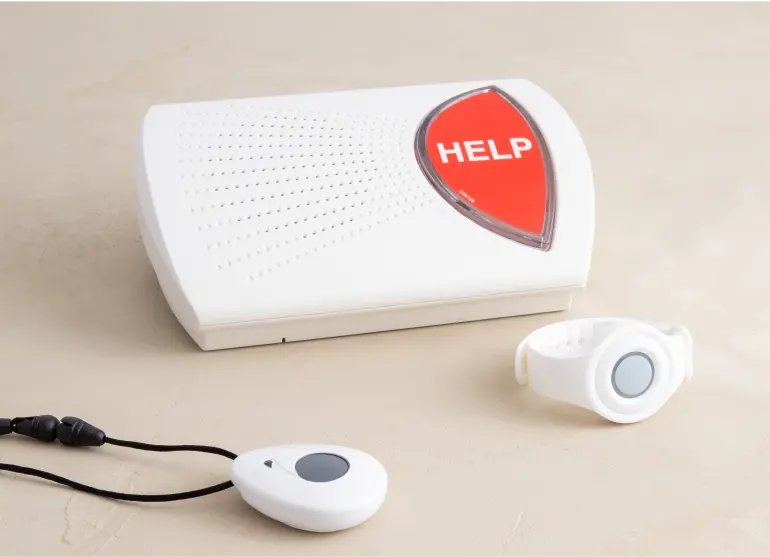There is no denying that age is a primary risk factor in developing cancer. With the senior population predicted to double by 2050, it’s safe to assume the world of oncology will be stretched thinner than ever before. Today, those aged 65 years and over comprise 60 percent of all new cancer diagnoses and an alarming 70 percent of all cancer mortalities, making their chances of developing the disease 10 times greater than those who are younger.
“This upcoming epidemic has not only forced healthcare professionals to start preparing now, but has inspired our nation to make a conscious effort to reduce the number of future seniors affected by cancer.”
An example of a preventable, yet fatal, condition among seniors is malignant mesothelioma. We hope to inspire anyone who may have been affected by asbestos exposure to take the necessary steps to monitor their health and detect the disease as early as possible.

The Sole Cause
Historically, asbestos was mined and used worldwide because of its unique properties. Not only can this mineral withstand harsh weather and chemicals, it also enabled products to resist high temperatures. Although its adverse health effects were being mentioned as early as 1924, asbestos use in construction and industrial equipment continued to increase well into the early 1970s. It was during this time that researchers realized asbestos was the only known cause of mesothelioma, a rare cancer resulting from the carcinogenic fibers settling within the lining of the lungs, stomach, or heart.
In addition to working in toxic commercial buildings decades ago, seniors who may have worked in certain professions could be at an increased risk of developing mesothelioma today. Anyone who worked on a high-risk jobsite is encouraged to notify their physician. This includes:
- Construction workers
- Mechanics
- Engineers
- Demolition crews
- Miners
- Military
- Firefighters
- Shipyard workers
Difficult to Diagnose

Mesothelioma can be quite difficult to diagnose because the disease often presents symptoms mimicking those of more common conditions, like the flu. Anyone who has inhaled or ingested asbestos fibers runs the risk of developing asbestosis, pleural effusion, lung cancer, and more. In addition, because malignant mesothelioma is so rare and can affect several different organs, it may be misdiagnosed as asthma, COPD, Crohn’s disease, constrictive pericarditis, or even heart failure.
The most common form of mesothelioma occurs in the lining of the lungs, called pleural mesothelioma, and the average age of a patient diagnosed is 69 years old. Prognosis for pleural mesothelioma is still extremely low, often leaving seniors with 6-12 months to live. For seniors who may have been exposed to asbestos in the past, education is key to helping them receive the right assistance from their healthcare providers.
Ongoing research has played a vital role in helping diagnose the disease in its beginning stages. Recent studies have focused on discovering and utilizing advanced diagnostic tools to detect the disease as early as possible, including X-rays and CT scans, biomarkers, blood tests, and biopsies. In addition, clinical trials using gene therapy have brought hope to those diagnosed in the final stages of mesothelioma, despite its aggressive nature. This form of treatment is still being tested, but when combined with traditional approaches like chemotherapy or radiation it has helped prolong the survival rate of mesothelioma patients.
Importance of Early Detection

Although the statistics may seem somewhat overwhelming, it’s more important than ever to promote early detection as a way to reduce deaths and treat cancer more effectively. Asbestos is a leading cause of occupational cancer in the United States and worldwide, but we hope to educate anyone who is at risk to take appropriate steps to monitor their health and possibly detect an asbestos-related illness in its earlier stages.
We thought you might also like:
5 Signs It’s Time For A Medical Alert System
Senior Sleep Disorders: Are You Dreaming About A Good Night’s Sleep?















